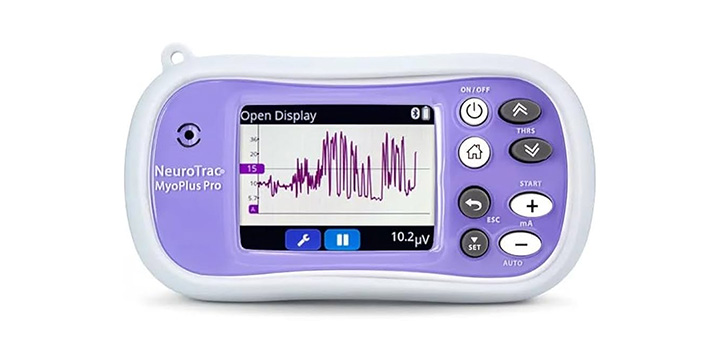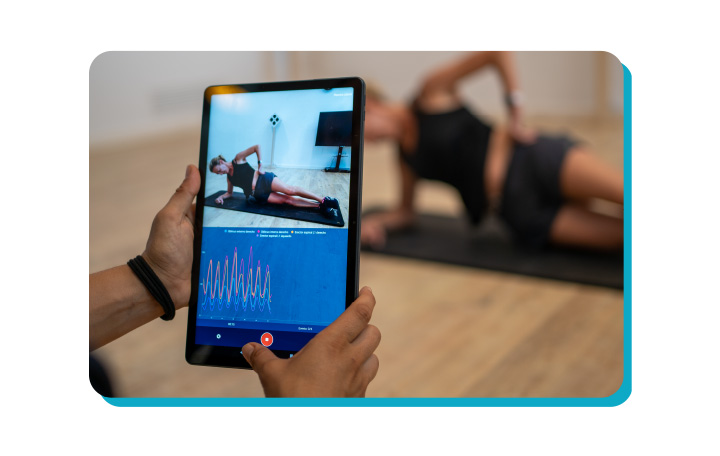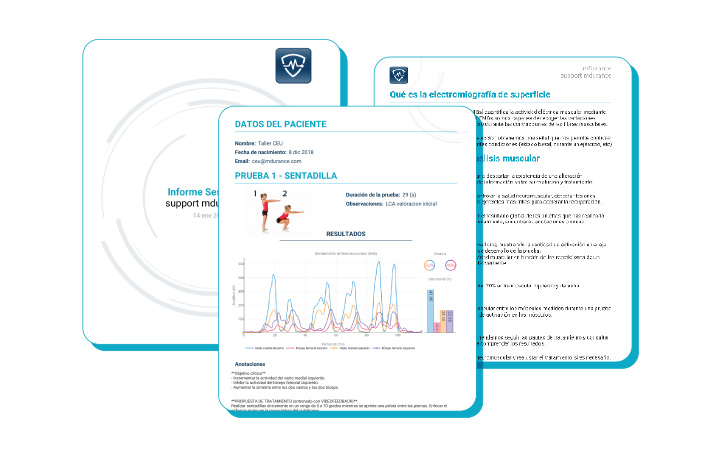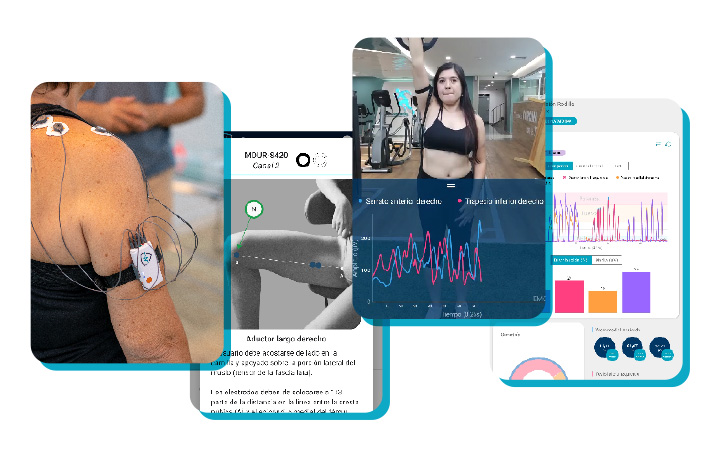Avoid These 3 Common Mistakes (And Learn How to Choose the Right One)
Are you considering buying an EMG system? Hold on a second.
Most EMG devices on the market are a poor investment for clinical practice.
Yes, we’re saying it plainly—because even though they promise to “measure muscle activity,” the reality is that most of them just display graphs that leave you with more questions than answers.
They don’t interpret, they don’t help you plan treatment, and they’re not built for your day-to-day needs as a physiotherapist.
mDurance is different. It goes far beyond just measuring: it records synchronized EMG and video, generates reports in seconds, and is specifically designed for musculoskeletal physiotherapy, TMJ, neuro, pelvic floor, podiatry, and performance training.
👉 [Get all the info here and see how it works in real practice.]
In this post, we’ll break down the three most common mistakes made by many EMG systems—and how to avoid them so you can choose a tool that truly supports your work from day one.
❌ Mistake 1: They’re just data recorders
Most EMG systems only capture electrical signals and turn them into graphs.
Yes, they measure—but measuring is not interpreting.
These systems give you raw data—lines of microvolts or activation peaks—without helping you understand their clinical meaning or determine whether what you’re seeing is actually relevant to your patient’s condition.

How does mDurance solve this?
With mDurance, you don’t just see a graph—you see muscle activation and patient movement at the same time.
Synchronized EMG + Video = Instant Interpretation
Have you ever looked at an EMG graph and wondered exactly when that peak occurred during the movement?
That’s the biggest limitation of many EMG tools.
With mDurance, you record the video of the movement and the muscle activity simultaneously.

So you can see precisely what’s happening in the gluteus medius during a squat, or how the lumbar muscles respond during a bridge.
This not only saves you time—it gives you the confidence to make clear clinical decisions.
❌ Mistake 2: You’re left to interpret everything on your own
The second major flaw of most EMG devices? Once you’ve recorded the data, everything is up to you: interpretation, analysis, report writing, patient communication…
That takes a lot of time, and often requires an advanced level of training—something most clinicians don’t need (or want) to master in full.
How does mDurance solve this?
Reports are generated automatically, and include:
- Symmetry charts
- Side-by-side comparisons (between sides or sessions)
- Expected synergy guides
- Max and average muscle activations
Ready to print, share, or use as a clinical communication tool with your patient or team.

In less than a minute, you’ll have a professional, visual report that helps you:
- Justify your treatment decisions
- Explain to your patient what’s really going on
- Communicate effectively with doctors, podiatrists, or trainers
❌ Mistake 3: They’re not built for clinical use
Many EMG devices are designed for research, not real-world clinics.
The result? Clunky interfaces, unintuitive processes, and zero post-sale clinical support.
How does mDurance solve this?
mDurance was built by clinicians, for clinicians, with your real needs in mind:
- Fast and simple sensor placement
- Guided muscle and test selection
- Real-time video + EMG biofeedback
- Mobile or tablet visualization—no cables, no hassle

Everything is optimized so you can complete a full muscle assessment in under 10 minutes.
What Else Do You Get from Day One When You Join the mDurance Family?
Post-Sales Support and Ongoing Clinical Training
When you buy your EMG system, you’re not left on your own with mDurance.
You get access to:
- Online training and continuous updates
- Clinical webinars
- Direct support via chat, email, or phone
- Immediate technical assistance
- Clinical guidance for real patient cases
Because it’s not just about having great equipment—it’s about knowing how to get the most clinical value out of it in your everyday practice.
Tailored for the Most Common Clinical Specialties
mDurance has been validated and designed for the clinical areas where EMG is most impactful:
Musculoskeletal:
Low back pain, tendinopathies, ACL injuries, impingement, groin pain…
Pelvic floor:
Incontinence, diastasis, core retraining, postpartum rehab…
Podiatry:
Gait and running assessments, synergy evaluations, muscle strength…
Sports:
Injury prevention, load monitoring, movement pattern control…
In Summary: Why Choose mDurance Over Other EMG Systems?
✅ Synchronized EMG + video recording
✅ Automatic, professional reports
✅ Designed specifically for clinical physiotherapists
✅ Ongoing technical and clinical support
✅ Applicable across musculoskeletal, pelvic floor, and more
About to Invest in an EMG System?
Before making your decision, make sure you’re not just buying a machine that “draws graphs.”
Invest in a tool that helps you make better clinical decisions.

